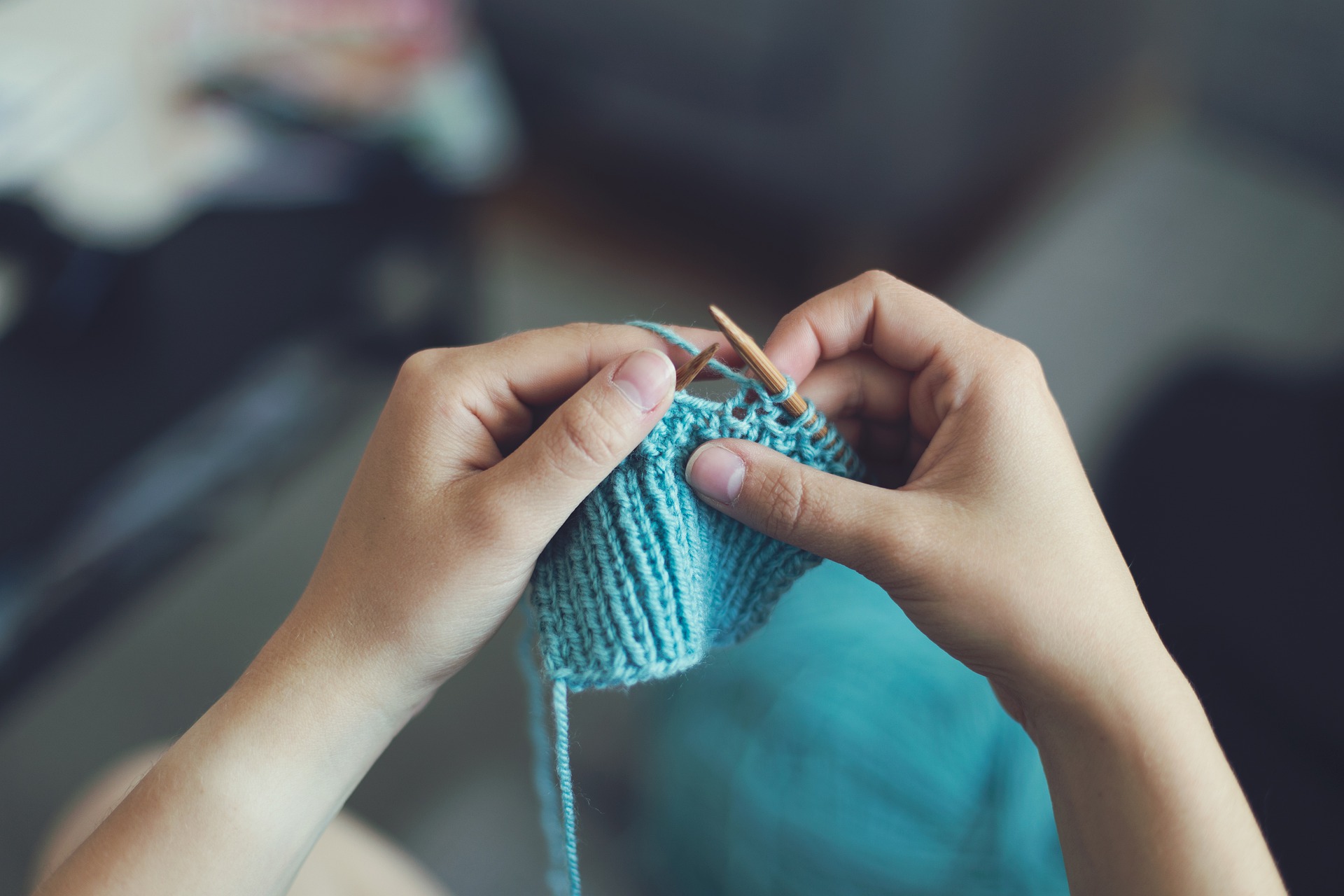
Rating of the best knitting yarn for 2022
Yarn is the ultimate material for making "hand-made" for a wide variety of purposes. At the same time, there is no need to search for some tricky tools, knitting needles, a hook are used for ordinary knitting, and some threads, thanks to a complex construction, are knitted by hand, without any devices. In addition to this advantage, the material should be praised for the ability to make things of very different specializations: accessories, toys, clothes, shoes, interior items, and more. You are absolutely not limited by color, pattern. And a different composition allows you to choose raw materials with the best characteristics for your idea.
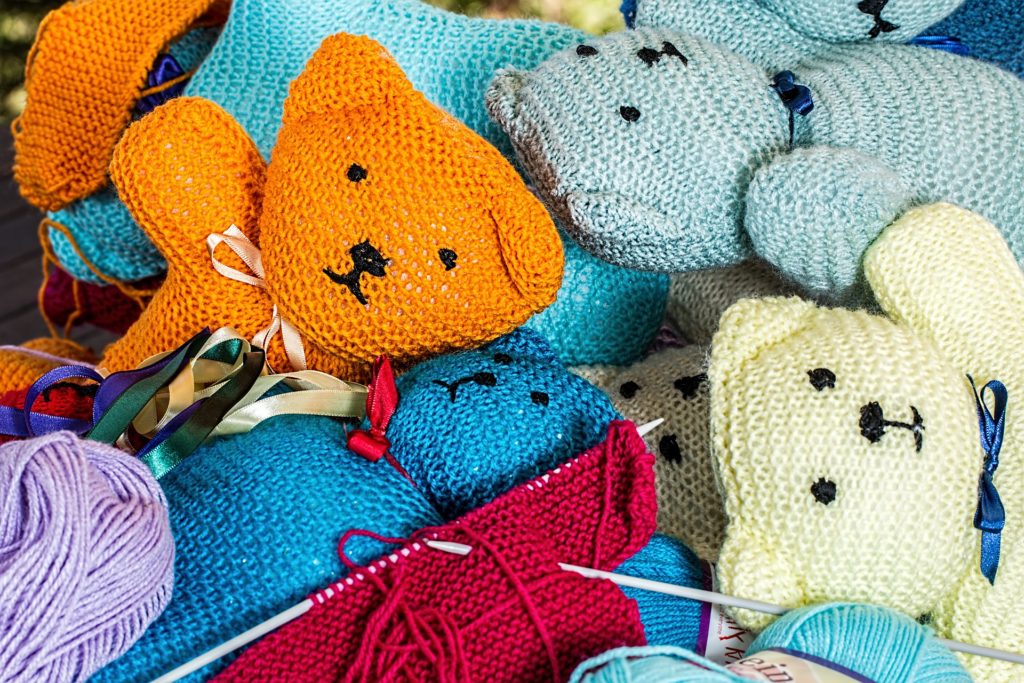
Content [Hide]
- 1 Types of yarn by composition
- 2 Shop offers
- 2.1 Alpina Viven, 100% Bamboo, 50 g, 405 m, 10 pieces, №06 yellow
- 2.2 Alpina Melissa, 5% cashmere, 95% viscose, 50 g, 125 m, 10 pieces, №14 light green
- 2.3 MOHAIR ROYAL, 80% kid mohair, 20% nylon, pack of 10 Lana Gatto Col no.: 14445
- 2.4 Camtex Angara, 15% wool, 35% mohair, 50% acrylic, 100 g, 250 m, 5 pieces, lavender
- 2.5 Alize Angora Gold Simli, 20% wool, 10% mohair, 75% acrylic, 5% lurex, 100 g, 500 m, 5 pieces, 1 cream
- 2.6 Areligion jute twine 0.5 kg 1 mm (600 meters), for needlework, knitting, macrame, weaving. Jute.
- 2.7 Alize Puffy Fine, 100 g, 14.5 m, 113 yellow
- 3 Other important points
Types of yarn by composition
Natural
The material of natural origin is always valued in the market, inspires more confidence. Especially appreciated in the manufacture of things in contact with the skin. It has many production methods, consider them:
- Yarn of animal origin:
- Cashmere is the softest down, combed from the wool of purebred cashmere goats. These animals give the best raw materials only in their native mountains, and even so, much less is obtained from the wool of the finished product, because the material is very expensive. A real concentrate of warmth and silky tenderness.
- Mohair is a particularly shiny thread made from angora goat down, so soft and fine that it needs more stable impurities to be usable. The most expensive samples are made specially from the wool of six-month-old kids. Its special property is to retain heat even when wet.
- Angora - fluffy yarn from the wool of angora rabbits, light, warm. However, the hairs are very short and can come out when using the finished item.
- Alpaca is a product of South American llama wool processing. Beneficial for its lightness, resistance to pellets and a variety of tonality in the palette.Since alpaca wool naturally has many shades, it does not need to be dyed when finished, and already has many color options.
- Merino wool is a thin and smooth pile made from the wool of fine-fleeced sheep. It does not cause irritation and scabies on children's skin, therefore it is popular in children's clothes.
- Camel hair is a thin and durable variant of the Vicuna and Bactrian camels. Very warm, natural pigment is so resistant that it does not wash out, but at the same time it is poorly painted over.
- Wool is a product of sheep shearing. It can be thinner or thicker, softer or coarser, depending on the length, thickness, crimp and elasticity of the hair. Warm but prickly.
- Silk is an expensive material obtained by unwinding silkworm cocoons. Very durable, while thin, smooth and shiny, does not wrinkle and absorbs moisture. In knitting, options are used with a combination with linen or cotton, it is not used in its pure form.
- Plant origin:
- Cotton - having thin fluffy fibers in its composition, it does not shaggy and holds the structure well. It breathes well and absorbs moisture, wears for a long time, does not fade. However, like any other cotton product, it is subject to slight shrinkage and wrinkling.
- Marserized cotton - undergoes additional mechanical and chemical processing for "polishing" and increasing strength.
- Linen - characterized by greater rigidity and strength than cotton, heavier, but it makes good summer clothes due to the passage of air and moisture. It also wrinkles a lot.
- Hemp (hemp) - threads soaked in water have great strength and rigidity, high resistance to salt water. In addition to the familiar ropes and ropes for ships, it is used in the manufacture of burlap and some clothing.With such stability, you can play with it in the manufacture of interior items (sewing the rope in a circle, getting stands, bags and baskets, even rugs at the exit).
- Jute is made from a plant in the linden family. The output is very strong ropes for the production of sack containers, furniture, packaging, carpets. With their own hands, decorative interior items and storage containers are also made from it.
- Nettle is a durable and breathable material, but the manufacturing process is quite complicated, because other fibers are added to the composition.
Synthetic yarn
Such a thread differs from natural in that it is made from the waste of its production with the addition of wood. These fibers include:
- Viscose - made from an alkaline solution of cellulose, as well as cotton waste. Due to natural products in the base, it is light, hygroscopic, pleasant to the touch and breathes well. Little electrified, but drawn out from the load.
- Bamboo fiber - made from the central elastic part of the fibers, it looks like a cross between cotton and silk. Hypoallergenic, antibacterial, non-electric, allows the skin to breathe, smooth and does not cause irritation.
- Acetate - the basis of it is also cotton and cellulose. Production is reduced to achieve the effect of silk. It does not let moisture through, does not wrinkle, is hypoallergenic and retains color saturation. However, it is easy to burn through with an iron due to its low resistance to temperatures, it is electrified and does not withstand the effects of a solvent.
Synthetic yarn
The main difference between such products is that they are all made due to the chemical synthesis of simple molecules into complex ones.The polymers produced in this way take any form and replace a wide variety of natural counterparts:
- Acrylic is a material close to wool. Increased strength, resistance to stalling, good dyeability, no harm from moths. Warm and comfortable.
- Nylon is a development of a more budget version of silk with several drawbacks, as in any synthetics.
- Tactel is an improved version of nylon, with improved softness, different sheen and different surface designs.
- Elastane is a special product whose main advantage is the highest elasticity and strength.
- Microfiber - despite the basis of its manufacture, has some advantages of natural products. Durable, hygroscopic, breathable, very light.
- Lurex - its main purpose is to shine as brightly as possible. Smooth and shiny, rather strong, but rough to the body and prickly.
Synthetics also include nylon, polyester, polyamide and others, they are created mainly to enhance natural materials in strength, wear resistance and elasticity.
So we move on to the next category.
mixed yarn
As the name implies, the main difference from the above is the combination of previous types of fibers to cover each other's shortcomings with advantages, ranging from stability and appearance to comfort in use and high cost of the product.
Special examples
To give the conceived product a special texture, various design options are offered on the market:
- Boucle - the yarn has frequent seals - balls that add a complex texture to the fabric.
- Pile - the fibers in such yarn have twisted tails, which subsequently give the finished product a pile effect.
- Knitted tape - having a flattened structure, gives options for patterns by laying it in different angles and even twisting it.
There are other examples, but not so bright.
Shop offers
Alpina Viven, 100% Bamboo, 50 g, 405 m, 10 pieces, №06 yellow
votes 0

Cost - 1529 rubles.
Yarn made from natural fibers, and one of the best, is perfect for neat patterns on a plaid, breathable clothes and other hand-made. In the finished product, it does not bulge, but smoothly flows around the figure. Lightweight, cool and perfect for summer wardrobe. No irritation or odors. The store provides different colors.
- 100% natural;
- Wrinkle resistance;
- Softness;
- Hypoallergenic;
- Wear resistant;
- Cooling thread;
- Persistent color.
- No.
Alpina Melissa, 5% cashmere, 95% viscose, 50 g, 125 m, 10 pieces, №14 light green
votes 0

Cost - 2307 rubles.
Delicate cashmere with increased durability thanks to viscose keeps the balance between heating and transmitting excess heat. A good option for spring-autumn. Light scarves, hats, semi-tight sweaters will look good.
- natural materials;
- Hygroscopicity;
- Delicate surface;
- Breathability
- No.
MOHAIR ROYAL, 80% kid mohair, 20% nylon, pack of 10 Lana Gatto Col no.: 14445
votes 0

Cost - 2434 rubles.
Warm and fluffy for winter. It contains extra soft down, held in place by the strength of a nylon thread. The effect of the pile due to the increased fluffiness will warm you in the coldest weather. In summer, it does not overheat due to the ability to evaporate excess moisture.A blanket made of such material will be incredibly comfortable. Any child will love a fluffy sweater, imagining himself as a fluffy cat or bear.
- Super warm;
- Silky fibers;
- durable;
- Unbreakable.
- Not found.
Camtex Angara, 15% wool, 35% mohair, 50% acrylic, 100 g, 250 m, 5 pieces, lavender
votes 0

Cost - 770 rubles.
A more discreet and ultimate option in mohair, lambswool blend and acrylic. It combines all the best qualities of the contained materials, namely good warming, good coloring, wear resistance. Due to the dilution of wool, it does not prick. Suitable for openwork knitting. Keeps you warm on a cold winter evening.
- Strength;
- Saturated color;
- Reduced stall capability;
- Warm.
- Delicate wash.
Alize Angora Gold Simli, 20% wool, 10% mohair, 75% acrylic, 5% lurex, 100 g, 500 m, 5 pieces, 1 cream
votes 0
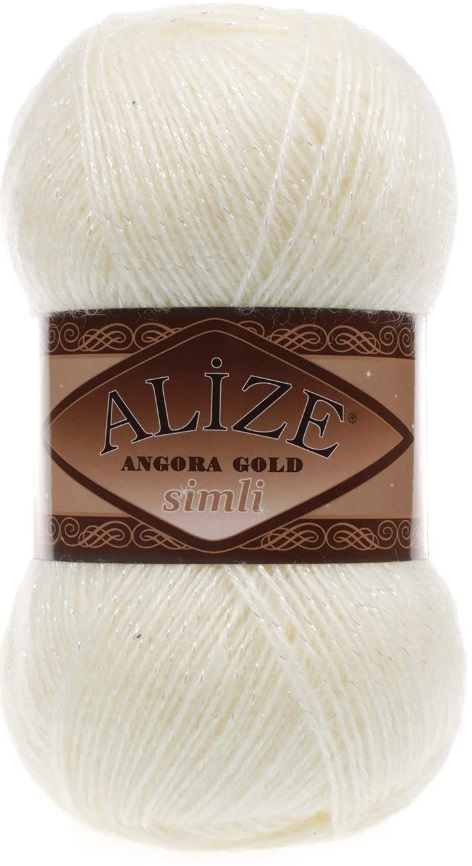
Cost - 980 rubles.
Light and delicate, tied into a very beautiful airy fabric, and an accent lurex insert adds elegance and festive mood. The store offers a wide range of pastel colors to choose from, with each color matched with a matching metallic insert. Different types of wool are remarkably warm, and acrylic maintains resistance to stress.
- Warm;
- durable;
- The choice from the developed palette is offered;
- Decorative metallic.
- No
Areligion jute twine 0.5 kg 1 mm (600 meters), for needlework, knitting, macrame, weaving. Jute.
votes 0
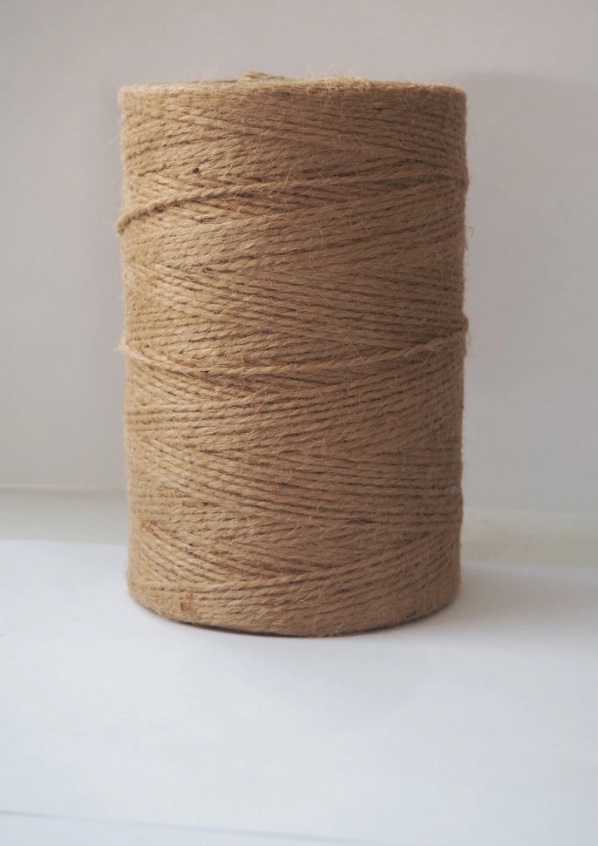
Cost - 279 rubles.
Cheap and cheerful - a purchase for the manufacture of decorative elements of various designs. Authentic folk-style napkins, aesthetic panels, garters for paper bags and jars of honey or jam that are so popular now, even hanging wicker covers for plant pots - all this will look stylish from seemingly simple raw materials. Ropes that seem to be unattractive are gaining great popularity, emphasizing the love for natural, not pretentious and flashy details in the interior.
- 100% natural;
- Strength;
- Variety of use in everyday life;
- Price.
- No.
Alize Puffy Fine, 100 g, 14.5 m, 113 yellow
votes 0

Cost - 388 rubles.
An interesting option for knitting without tools. Made from 100% micro-polyester for maximum strength and durability, color retention and elasticity. The plush structure is pleasant to the touch, does not fall off and warms. Such an ingenious rethinking of the knitting method will add novelty to your favorite creativity and pamper needlewomen.
- Strength;
- Color retention;
- Price;
- An alternative knitting method.
- 100% synthetic.
Other important points
Shops present a great variety of yarns of various compositions, colors, sizes and textures. However, it is better to think over your purchase in advance.In addition to choosing the composition and color, consider the desired thickness and quantity, as well as the necessary fixtures.
During manufacture, the original product may differ in tone if samples are taken from the beginning of the stream and from its end. So the stores offer to buy, picking up skeins with one batch number to eliminate such a discrepancy in color.
The knitting patterns used often indicate the appropriate thickness and the required number of threads. Check this information for a quality purchase, it’s even a good idea to take it with a margin for force majeure situations.
For an ideal selection of tools, the thickness of the thread is proportionally compared with them. A suitable hook corresponds to the thickness of the thread, folded 2-2.5 times. Suitable knitting needles can also be selected through such proportions, or you can look at the correspondence tables of yarn and knitting needles that manufacturers provide. It is important to accurately select all the components of needlework, otherwise, with thick tools and a thin thread, the fabric will turn out flabby and loose, if, on the contrary, the yarn is thicker than the devices, the fabric will turn out to be too dense, oaky, which will complicate the operation of the finished thing, and also spoil the appearance.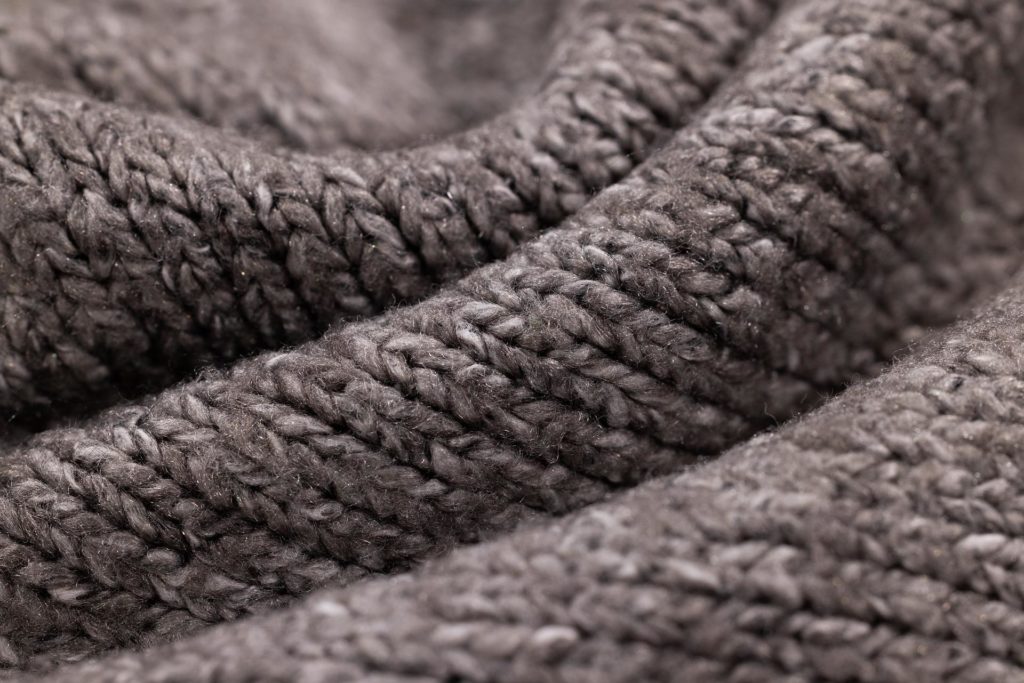
Where could I buy
Such uncomplicated goods can be found in many places. In every district there is at least one shop for sewing and knitting, where you will be offered, even the most minimal, but a choice. Delving into this topic, visit a specialized store with a wide range, having considered a large selection of colors and composition, select the ideal tool. Or take advantage of the online platform, which offers little to no choice and often offers home delivery. This will allow you not to waste time searching for your two, receive the package on the appointed date and immediately start working on it.
How to choose
The following criteria are important here:
- Appointment;
- Does it depend on the season of use;
- Preferences in composition, avoidance of allergies;
- Color;
- Price.
Depending on the idea, you will need yarn of greater or lesser strength, structure. Do you need to warm up or cool down. Take the material that you love, with which it will not be difficult for you to work, and then look after. Choose a general palette where the finished product will fit. If you find it difficult to choose a color, choose all the colors at once! Tie a thing by twisting a thread of two or three and get a bright and colorful craft. You may also like the gradient effect. The thread smoothly transitions from one color to another, which is why the canvas also flows into different colors. Try patterns, drawings, add beads, weave a lurex thread. Follow your wishes. And, of course, do not lose your head on the ideal product, coordinate the costs with your capabilities.
And having made a choice, enjoy the relaxing process of making your idea and use the finished masterpiece with pleasure and pride in the work done!
Popular Articles
-

Top ranking of the best and cheapest scooters up to 50cc in 2022
Views: 131648 -

Rating of the best soundproofing materials for an apartment in 2022
Views: 127687 -

Rating of cheap analogues of expensive medicines for flu and colds for 2022
Views: 124515 -

The best men's sneakers in 2022
Views: 124029 -

The Best Complex Vitamins in 2022
Views: 121936 -

Top ranking of the best smartwatches 2022 - price-quality ratio
Views: 114978 -

The best paint for gray hair - top rating 2022
Views: 113393 -

Ranking of the best wood paints for interior work in 2022
Views: 110315 -

Rating of the best spinning reels in 2022
Views: 105326 -

Ranking of the best sex dolls for men for 2022
Views: 104362 -

Ranking of the best action cameras from China in 2022
Views: 102214 -

The most effective calcium preparations for adults and children in 2022
Views: 102009